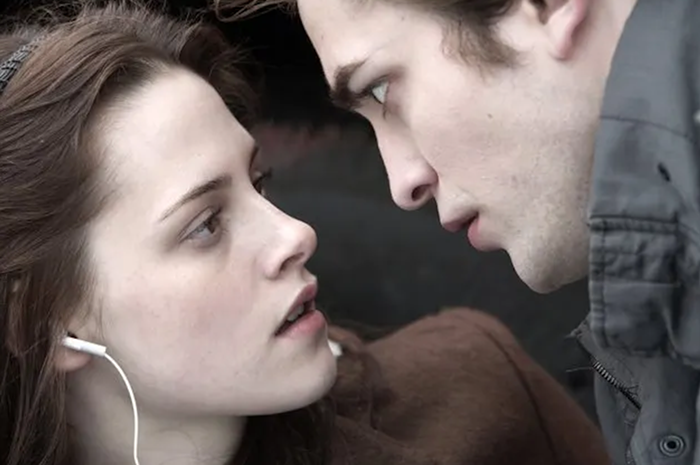"I WORKED as a day laborer, I picked pears and onions," says a voice translating the words of Mexican immigrant Felipe Salazar. "It wasn't the best job, but enough to send money to my family and to get by. But they laid us off with the economic crisis. There was no work, and many of us went back."
A few frames later in the faux newscast—one of three videos in Paul Clay's How to Immigrate to the United States of America, currently on view at RECESS—Salazar, played by Paul Clay, is shown standing in a Home Depot parking lot. As modern economic realities may lead you to assume, Salazar is there looking for work. But not the kind of work you might expect: a large puddle gathers around Salazar's ankles, a neon open sign hangs from his neck, and water pours from his chest, as if spewed by a fire hydrant.
Fictional reporter Lydia Valentino of KXTV, Channel 7 takes over as narrator, explaining that after Salazar was laid off, he opened a Mexican restaurant that quickly failed, and subsequently "decided to start another business, a waterfall."
"24/7 Waterfall" proceeds to include community interviews expressing support for Salazar's nontraditional business venture, quotes from city officials expressing concern over his water use, and clips of Salazar walking through a supermarket's juice aisle to fill the floor with a gushing stream, or standing atop a boulder in the forest with his water splashing in an arc on the rocks below.
Perhaps the magical realism of a man whose chest emits a bountiful supply of water overshadows some of the subtler nuances of the piece, as well as connections to Clay's fascinating canon of past work.
For starters, Clay is an Irish Canadian American—he reads Caucasian in any weather—so there's a bit of racial dissonance in watching him play a Mexican immigrant. But racial dissonance might be Clay's most familiar artistic territory.
That's because he's a professed aspiring Latin pop star. Clay has self-produced Spanish-language dance-pop albums, as well as music videos and musical videogames in support of his songs.
The music video for "Oye Guapa," a take from his 2010 album Solamente Una Vez, features Clay in traffic-cone orange parachute pants and a peeled back, zipped-down black hoodie, glitching and dancing and grinding with women while backgrounded in grids of clipart bananas, pulsating flowers, and flashing lights. It currently sits at just shy of 30,000 views on YouTube.
Despite appearances, such projects aren't designed to mock Latin culture, but to ask whether or not a white kid can be accepted as a Latin pop sensation. It's something of an answer to the white rapper, highlighting the same preconceived notions that turn heads in various instances of identity play.
The show at RECESS also baits our biases with racial dissonance, while continuing to visualize Clay as a Latin pop star. In "Paul Clay on Lopez Tonight," Clay affects a slight accent, superimposed to replace Enrique Iglesias in an interview with host George Lopez. In recreating the interview word for word, Clay's asked to speak "as an international superstar" about whether or not Latin women dress sexier than other women. He explains that Latin people wear clothing that's "one size too small," indicating his tight jeans as proof.
It's pieces like "Lopez Tonight" that depart from the sillier aspects of Clay's experiment, re-focusing the conversation to include the mechanics of Latin identity. As an audience, we are guided away from moral questions surrounding Clay's goal toward an examination of our own racial biases and cultural expectations—toward identity's toolbox, not its blueprint.













